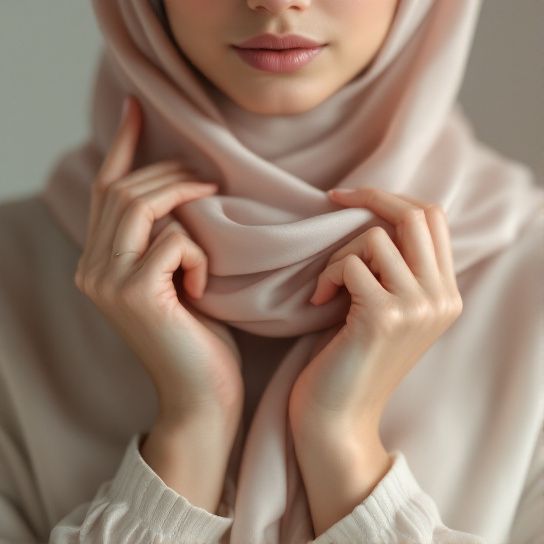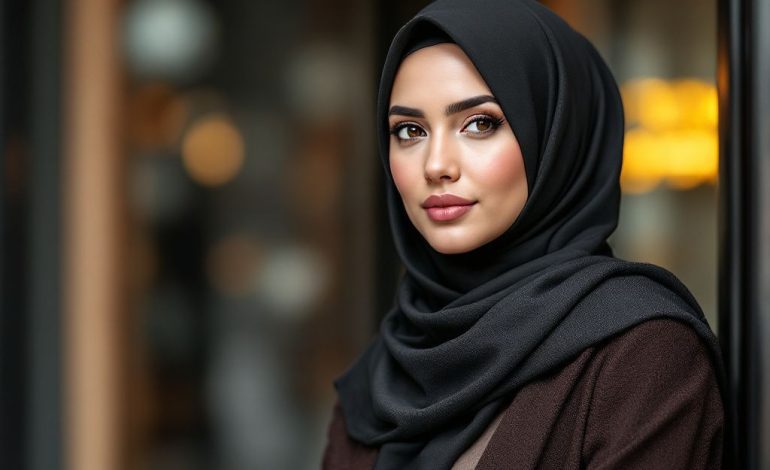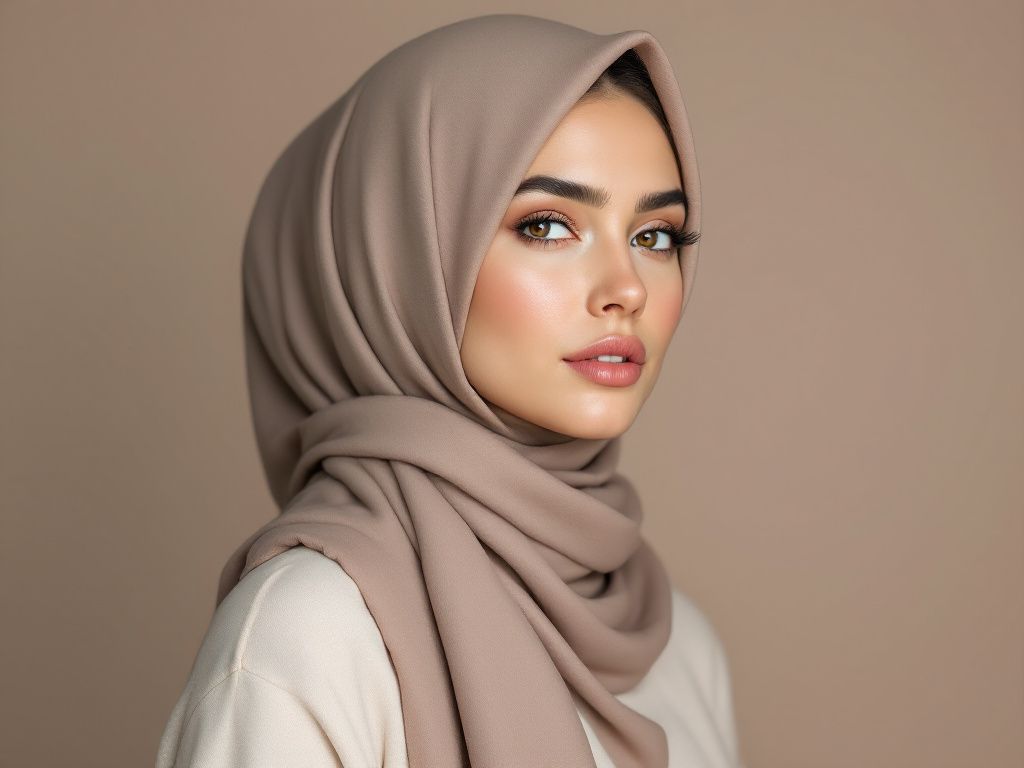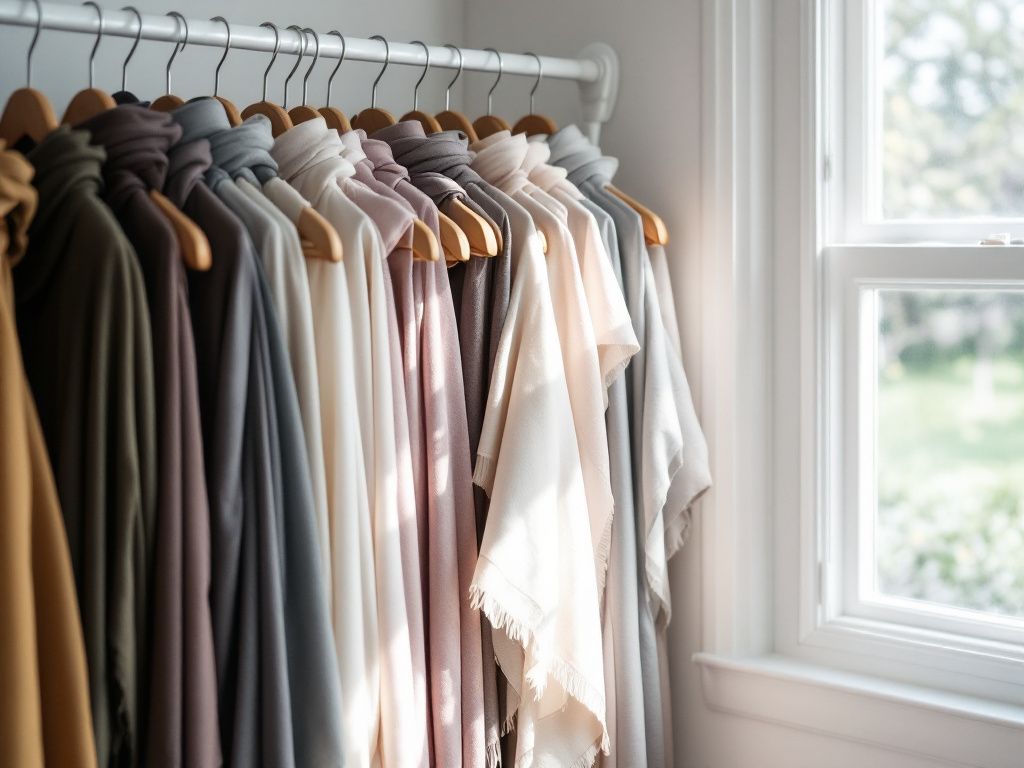Wearing Hijab: Celebrating Identity and Style

You know, wearing hijab—it’s a personal journey, a topic that can spark conversations all across the board. That piece of fabric is not just a religious symbol or a fashion statement; it’s an integral part of many women’s lives. And it can be daunting, right? The moment you put it on, or even consider it, a ton of questions pop up like a jack-in-the-box. How do you wear it right? What styles are out there? Are there practical tips that actually help? Let’s dive into this chat.
The Hijab: A Strong Statement More Than Just Fabric
For those who haven’t thought much about it, wearing the hijab might seem simple. Uh-uh, there’s so much more beneath those layers, literally and metaphorically. It’s freedom in modesty, strength in culture, a choice, and sometimes, an uphill battle when balancing faith and your identity in complex societal structures. Whether you grew up thinking about it or came to it later in life, wearing a hijab keeps you constantly reflecting, adjusting, and asserting.
The Journey of Wearing Hijab
Most hijab wearers have their “first hijab story.” It’s rarely just picking a color and a style. It starts with why and when. Some women decide as young teens, sparked by inspiration or encouragement from women they admire. Others might be in their late 20s or beyond, perhaps feeling ready after life experiences or simply a newfound self-acceptance. And boy, can it be trial and error at first! Hit or miss with color choices, fiddling with fabric pins, adjusting the fabric ten times before feeling right. Totally normal.
Tips for Beginners: Give These a Try

- Start Simple: Plain colors might seem boring, but they’re versatile. Trust me on this—having a few solid-colored hijabs can save a lot of head-scratching in front of the mirror.
- Quality Over Quantity: You’re better off investing in a few good quality hijabs rather than a dozen that fall apart after the first wash. Long-lasting material is key.
- Experiment with Styles: Opt for hijab tutorials on social media. They’re great for inspiration. Just don’t get too overwhelmed with thousands of looks out there. Get creative with it, but keep it comfy for you.
Blending Style with Practicality: The Everyday Hijab
Beyond symbolism, the hijab is a canvas for personal style. From chic fashionistas to the laid-back soul to the sporty crowd, you figure out what hijab style loops perfectly with your wardrobe and, of course, your lifestyle. A silk scarf might look fabulous at a holiday party, but let’s be real—you’d want something more breathable for a day at the park.
Practical Tips for Daily Hijab Wear
- Weather Appropriate Fabrics: Stay cool with cotton during summers, and cozy it up with a wool blend in winter. Nobody likes being a sweaty mess or shivering all day.
- Color Coordination: Match with your outfit, or clash, if you dare! Just remember, a patterned wardrobe might go better with plain hijabs, and vice versa. It’s a balancing act.
- Secure and Go: A firmly secured hijab with pins can make all the difference. Perfect when life’s a whirlwind and your scarf flowing in the wind is not a storybook moment.
Wearing Hijab in Different Cultures: Unity in Diversity
Wearing hijab doesn’t happen in isolation. Every country, every culture adapts to the concept uniquely, making the hijab flourish globally in diverse ways. From the traditional abayas in the Middle East to the Indonesian vibrant batik scarves, or the stylish turban hijabs popularized in Africa, hijabs are a tapestry of cultural expression.

Cross-Culture Inspirations
- Turkish Hijab Style: Known for sharp lines and neat wrapping—ideal for formal settings. Gives a sophisticated edge.
- Indonesian Styles: These are rich in colors and often utilize beautiful patterns. They bring an aesthetic vibrancy, a fashion feast for the eyes.
- African Turbans: Represents ingenuity and elegance. A symbol of strength and practicality.
When women from one side of the globe take on styles inspired by another, it’s a beautiful melding of traditions. You pull inspiration from a vast cultural repository and find what gives you joy in representation.
Navigating Challenges: Beyond the Fabric Fence
Let’s face it, wearing hijab can sometimes be misunderstood. There’s that occasional sideways glance or the misplaced assumptions. But you knew this; you wear it proudly, yet there are moments of frustration. How do you circumvent those barriers? Support networks are a game-changer here. Groups—virtual or in real life—create safe spaces to share experiences, solutions, and of course, provide a much-needed emotional arm squeeze.
Tackling Common Challenges
- Engage, Don’t Confront: Educating with calm discussions clears misconceptions. Most times, people just need a bit more context than prejudice.
- Find Your Tribe: Like-minded communities make the journey less lonely. Shared experiences can be empowering and uplifting.
- Self-Care is Essential: Don’t put too much pressure on perfection. On those days when wrapping doesn’t go right or criticism bites, remember: it’s okay. Breathe, and regroup.
Empowerment and Freedom: The Heart of the Matter

Wearing hijab is empowering—yes, there are ups and downs, but it fosters a clarity of identity. It stands tall against superficial judgments and reminds you of inner values that outshine external appearances. Many hijab wearers find freedom in this physical form of devotion—a connection with faith and self that whispers peace amid a noise-drenched world.
Each day you wear that hijab, it becomes an integral part of the daily discourse, sparking curiosity, starting dialogue, enriching lives—yours and others’ too. There are laughable moments, unwieldy challenges, but through it all, the dance of material around your crown is exquisite—an everyday manifesto silently sung.
Embrace and Explore the Journey
To wrap this up, wearing hijab is not a uniform; it’s an expanding journey of personal and social significance. Style and function blend at the crossroads between culture and expression. Yet above all, beyond the myriad styles, the knacks of social navigation, and the cultural tapestries, it’s a deeply personal reflection. An ever-changing dance of identity, modesty, resilience, and spirit in this ever-buzzing world. Reflect on what your hijab represents for you and cherish that uniqueness—it’s a journey like no other.
So, step out into the world, weave your fabric fiercely, and let your light shine through. Who knew a simple scarf could do so much? Hope this feeling resonates and emboldens your journey ahead!
Frequently Asked Questions
What are the benefits of using a hair mask in my hair care routine?
Using a hair mask can provide several benefits, including hydration, smoothing, strengthening, curl definition, heat protection, and damage repair. Hair masks infuse the hair with moisture, help coat the hair shaft to seal split ends, reduce breakage, and protect the hair from heat styling and environmental damage[1][4].
What ingredients should I look for in a hair mask?
Effective hair masks often include ingredients such as coconut oil, argan oil, shea butter, honey, avocado oil, green tea, and coconut water. These ingredients provide nourishment, moisturize, and protect the hair, offering benefits like softening, moisturizing, and protecting against damage[2][5].
How often should I use a hair mask in my routine?
You should use a hair mask whenever your hair feels dry, unmanageable, or in need of intense hydration. This can vary depending on your hair type and needs, but generally, using a hair mask once or twice a week can help maintain healthy and moisturized hair[1][4].
How do I apply a hair mask for the best results?
To apply a hair mask effectively, shampoo your hair first, then apply the mask, focusing especially on the ends where hair tends to be the most damaged. Leave the mask on for anywhere from 10 minutes to overnight, depending on the type of mask and your hair’s needs[1][4].
References









